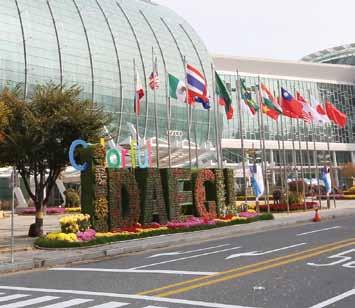International Gas Union 1931-2021 The history of the global voice of gas
International Gas Union 1931-2021 - The history of the global voice of gas

Issuu converts static files into: digital portfolios, online yearbooks, online catalogs, digital photo albums and more. Sign up and create your flipbook.












